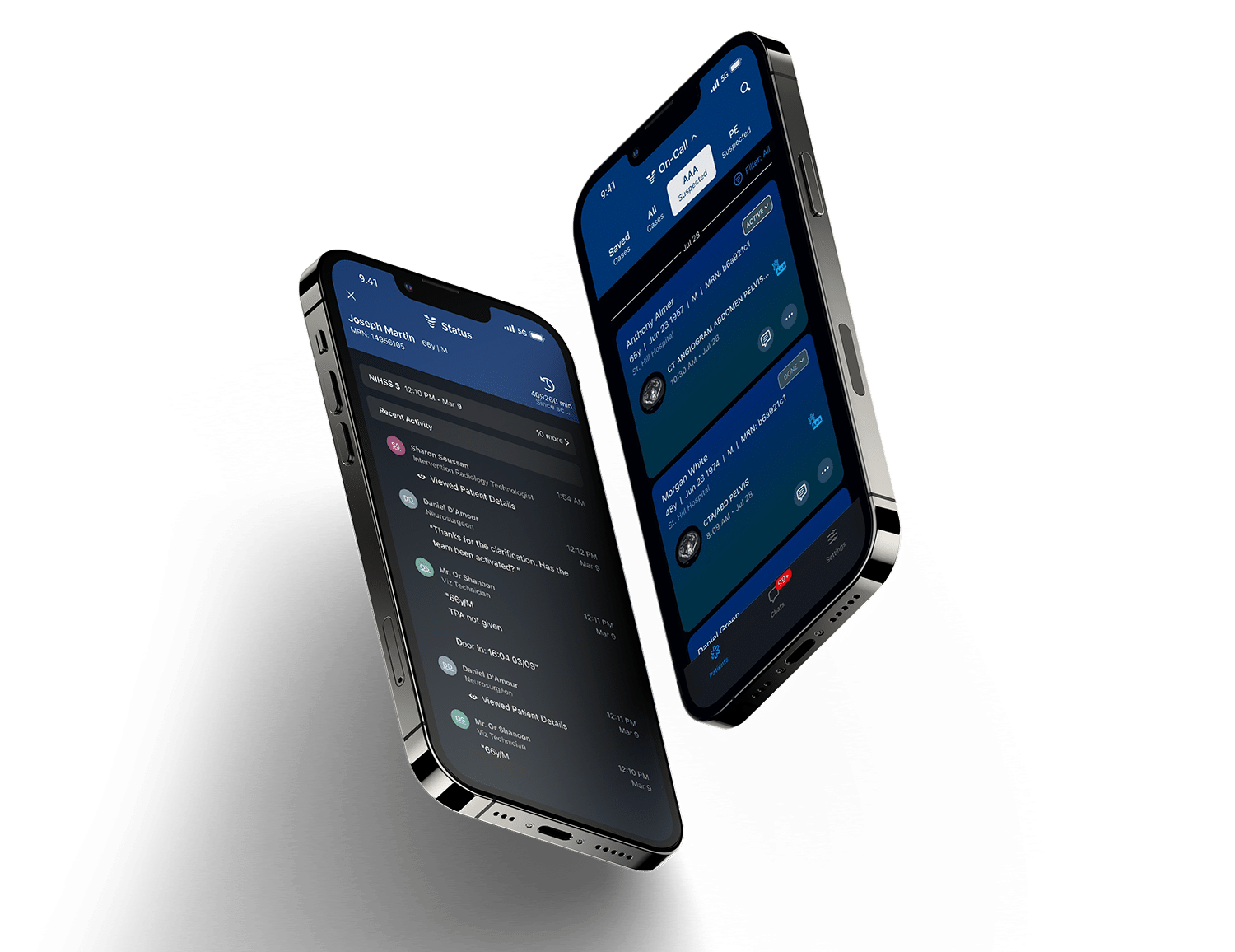Team Viz
May 24, 2022
5 min

Viz.ai uses artificial intelligence to streamline aortic care coordination across geographies.
Viz AORTIC offers a multidisciplinary team approach and concept is based on the well-established paradigm in stroke.
Aortic dissections are ticking time bombs that require fast diagnosis and surgical treatment. In order to optimize patient outcomes, clinicians must be accessible, data must be readily available, and proper prompts and notifications must be made to alert and ready teams.
There are many challenges to achieving this. Firstly, there must be a clear identification of who should take the call. Secondly, there must be easy access to accurate information – including a pre-transfer image review. Thirdly, there must be a synchronized transfer between the two institutions. If successful, this has considerable impacts to patient outcomes.
Goldstone et al. have shown that the transfer of Type A dissection patients for treatment at a high-volume center was associated with a 7.2% absolute risk reduction in operative mortality [95% CI, 4.1% – 10.3%]. The median distance to reroute a patient to a large hospital was 50.1 miles and requires sophisticated transfer protocols¹. While transfers remain the best case for Type A patients, an IRAD study found that it takes 8.6 hours for a dissection patient to receive treatment².
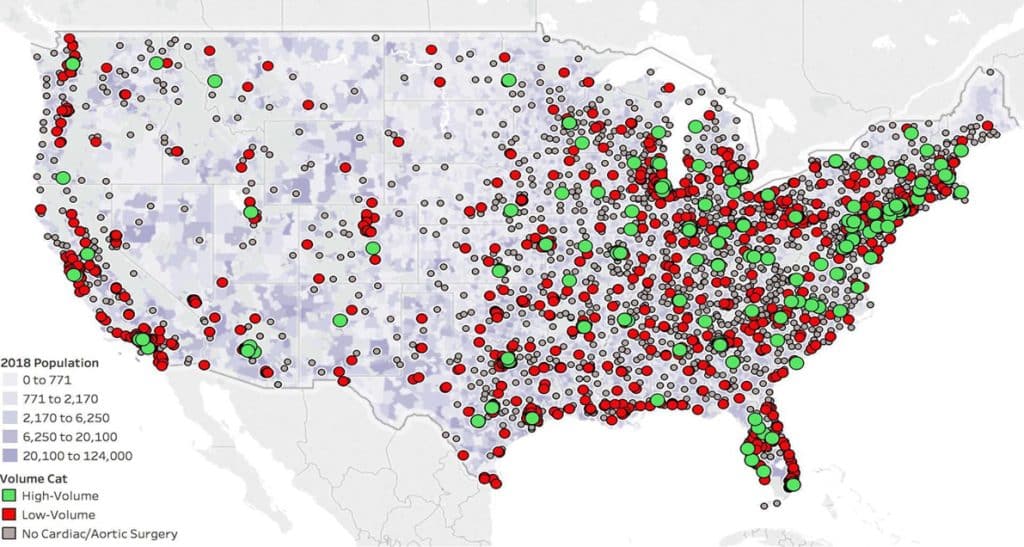
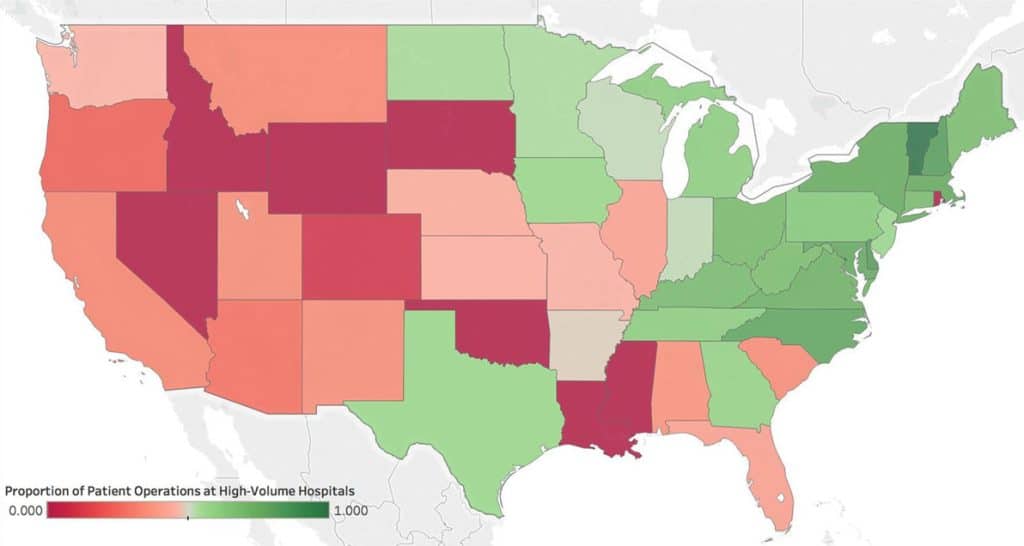
At Viz.ai, an interdisciplinary team of workflow specialists, physician consultants, artificial intelligence researchers, and software engineers reviewed hospitals’ processes and architecture of systems to understand how teams provide care during aortic emergencies.
Based on this insight into patient flow, we developed Viz AORTIC – an AI-powered protocol to streamline provision of care during aortic emergencies. Viz AORTIC uses artificial intelligence to alert you of suspected aortic dissection. When a patient receives a CT scan, the images are automatically uploaded to our secure Viz Cloud. The study images are encrypted throughout the process. Once in the cloud, our AI will search for the dissection flap. If a dissection is detected, we send out an alert to the designated care team. In addition to AI-powered alerts, all aortic imaging is available on the Viz Platform. This includes any aortic pathology, including AAA, TAA, rAAA, and more. The Viz Platform gives clinicians the ability to more quickly and easily triage all patients with aortic disease. For any condition, care teams can be alerted and surgical teams can be activated at once with high-fidelity imaging, relevant patient information, precious time is saved, thus improving the opportunity for improving patient outcome.
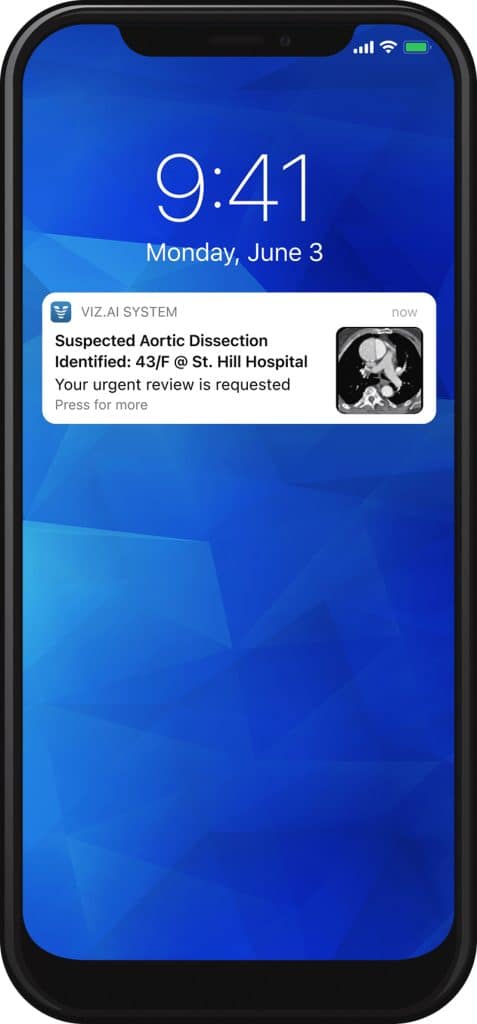
The Viz.ai Code Aorta program offers a multidisciplinary team approach and concept is based on the well-established paradigm in stroke. Viz.ai automatically connects emergency departments across the community with the on-call cardiac and vascular surgeons. This happens within minutes of CT scan completion. The physicians review imaging and test results in real time to determine if the patient needs to go directly to the operating room. If emergency surgical care is required, the operating room team is activated, and the patient is transferred.
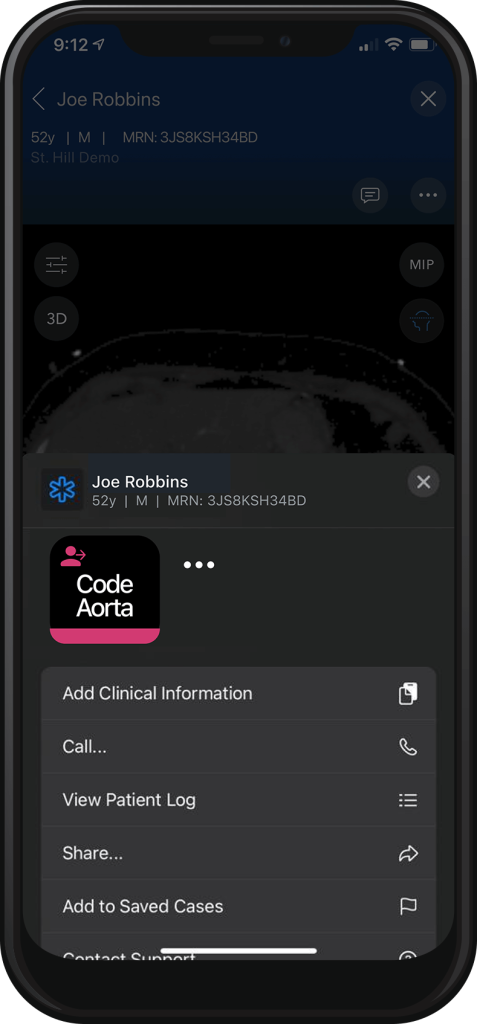
Viz AORTIC aims to heighten awareness of the emergent process and to understand relevant outcomes data. We are committed to collecting evidence on the outcomes of these patients in both the early and late phases of care. The solution is focused on clinical communication and image transfer, aiming to link technology to maximize clinical efficiency. This is all available on a single platform.
The Viz.ai platform is clinically validated
Viz.ai is the only AI-powered platform that has shown a clinically significant impact in patient outcomes. Viz LVO for stroke showed a significant reduction in transfer times. In rural hospitals, sites saw an average of 66 minutes saved and a significantly reduced length of stay of 2.5 days vs baseline after the implementation of Viz LVO³. In urban hospitals, researchers found 33 minutes saved and a 40% improvement in Modified Rankin score at 90 days⁴. Viz.ai has been the differentiator in these patient outcomes.
Accelerate treatment decisions5

Better clinical outcomes
Mean 5-Day NIHSS and Discharge mRS; median 90-Day mRS (p<0.05)6

Reduce length of stay
55% Mean Reduction in Neuro-ICU LOS, 25% in Hospital LOS7

Increase access to care
16% Increase in Patients the Qualify for Thrombectomy8

Using Viz.ai to activate a Code Aorta protocol shows promise that continual refinement of patient care processes during aortic emergencies will improve outcomes for patients suffering aortic dissection. Reach out to your local expert to find out more about the platform or to get involved in research.
References:
- Goldstone, A. B., Chiu, P., Baiocchi, M., Lingala, B., Lee, J., Rigdon, J., Fischbein, M. P., & Woo, Y. J. (2019). Interfacility transfer of Medicare beneficiaries with acute type A aortic dissection and regionalization of care in the United States. Circulation, 140(15), 1239–1250. https://doi.org/10.1161/CIRCULATIONAHA.118.038867
- Harris, K. M. et al. International Registry of Acute Aortic Dissection (IRAD) Investigators. (2011). Correlates of delayed recognition and treatment of acute type A aortic dissection: the International Registry of Acute Aortic Dissection (IRAD): The International Registry of Acute Aortic Dissection (IRAD). Circulation, 124(18), 1911–1918.
- Hassan, A. E., Ringheanu, V. M., Rabah, R. R., Preston, L., Tekle, W. G., & Qureshi, A. I. (2020). Early experience utilizing artificial intelligence shows significant reduction in transfer times and length of stay in a hub and spoke model. Interventional Neuroradiology: Journal of Peritherapeutic Neuroradiology, Surgical Procedures and Related Neurosciences, 26(5), 615–622. https://doi.org/10.1177/1591019920953055
- Morey, J. R., Fiano, E., Yaeger, K. A., Zhang, X., & Fifi, J. T. (2020). Impact of Viz LVO on time-to-treatment and clinical outcomes in large vessel occlusion stroke patients presenting to Primary Stroke Centers. In bioRxiv (p. 2020.07.02.20143834). https://doi.org/10.1101/2020.07.02.20143834
- Elijovich L, Dornbos III D, Nickele C, et al. J NeuroIntervent Surg Epub ahead of print. doi:10.1136/ neurintsurg-2021-017714.
- Morey A, Fifi J,et al. htpps://doi.org/10.1.101/2020.07.02.20143834, 2020.
- Hassan, A, et al. Interventional Neuroradiology, 2020.
- Frei D, et al. How Viz Has Improved My Practice. Stroke Webinar 2020.
